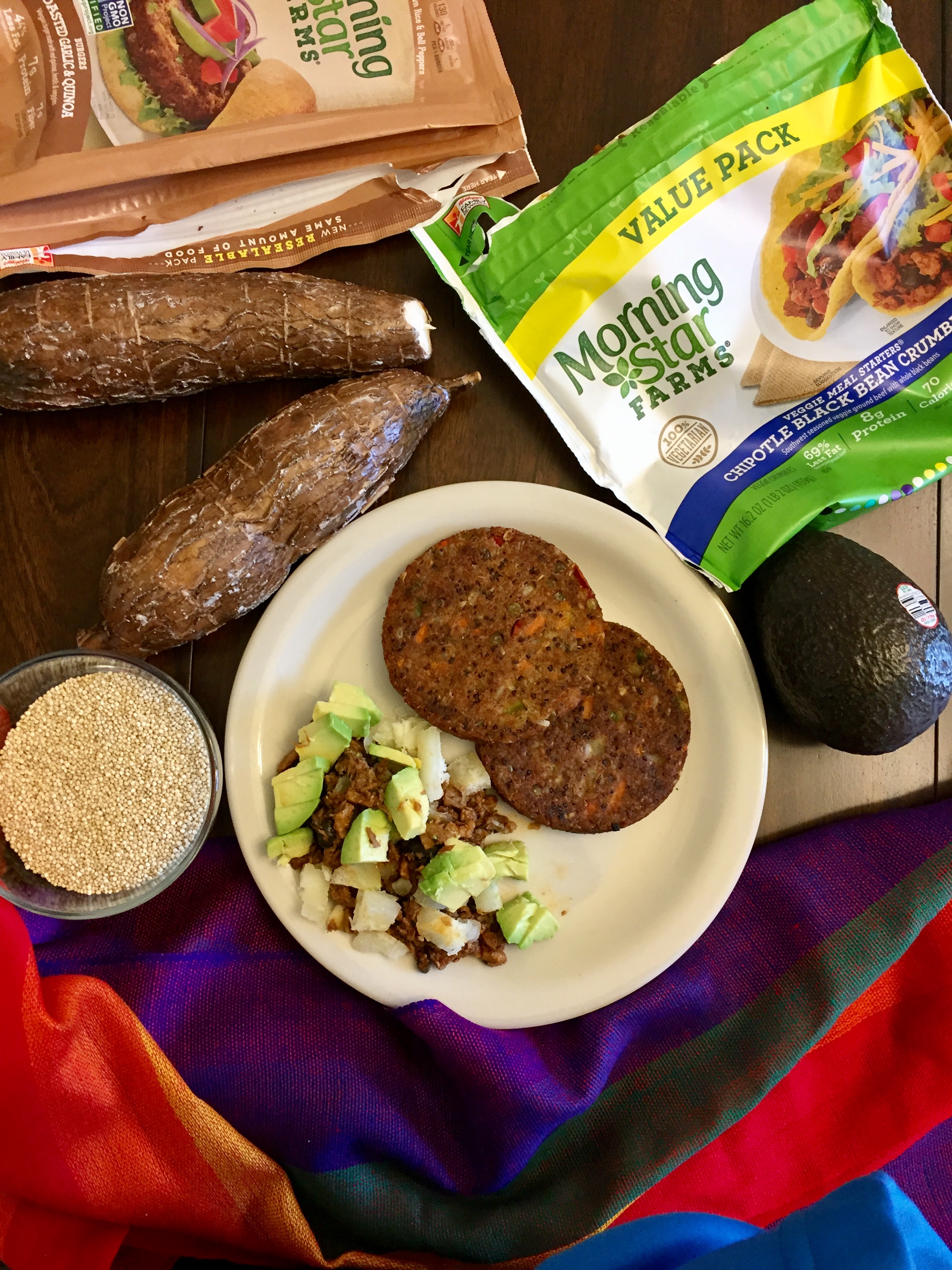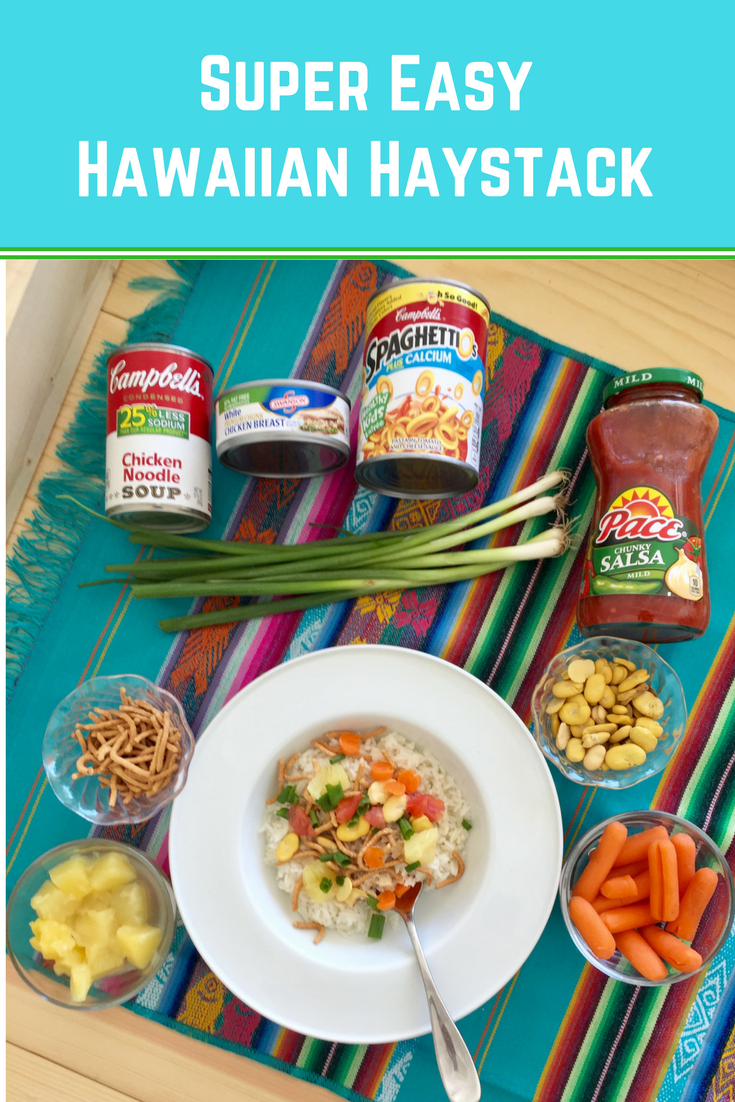Time seems to slip through our fingers, doesn’t it? It feels like just yesterday we were cradling our little bundle of joy, and now we’re amazed at the sight of our teenage daughter, who seems to have grown taller than us overnight. It’s incredible how quickly they grow up. It feels like it was just recently that we were searching for Dora The Explorer books in Spanish, and now we find ourselves googling teen literature options in Spanish.
As a parent, we’ve witnessed the incredible growth and transformation of our child, but if your goal is to raise a bilingual and bicultural teen, this journey becomes even more fascinating….and perhaps a little more complex.
As I write this, my teenager is out spending time with a friend, what we now refer to as a “hang out.” (That’s how we call playdates in this period of life), and I can’t help by thinking on this incredible journey. Along with new experiences, there are also new things that I have implemented in my efforts in raising a bilingual kid. Let me take a moment to reflect on this incredible journey and share with you what is working and what could be better.

SUMMER READING PLAN FOR BILINGUAL KIDS
Nurturing Bilingual and Bicultural Teens: 5 Essential Tips for Parents
Create a Language-Rich Environment
Keep fostering a language-rich environment at home by incorporating both languages into daily activities. Encourage conversations, reading, and media consumption in both languages. Surround your teen with books, magazines, music, and movies in both languages to stimulate their language development and cultural understanding.
Encourage Cultural Exploration
Help your teen explore and embrace their bicultural identity by providing opportunities to immerse themselves in both cultures. Encourage them to participate in cultural events, festivals, and community activities that celebrate their heritage. Expose them to traditional foods, music, art, and customs, allowing them to appreciate and connect with their roots.
Support Continued Language Learning
Foster a lifelong love for language learning by supporting your teen’s continued language education. Encourage them to take advanced language courses, join language clubs or conversation groups, or even pursue language study abroad programs. Provide resources and tools that make language learning engaging and enjoyable.
Foster Connections with Native Speakers
Encourage your teen to interact with native speakers of your target language. This can be in touch with la abuela or a prima back in Latin America or even a neighbor friend who speaks Spanish. Language exchange programs, language immersion camps, or connecting with bilingual peers in school or community settings are also good ideas. Engaging in conversations with native speakers helps improve language fluency and exposes your teen to different accents, dialects, and cultural nuances.
Create a Safe Space
Amidst the whirlwind of changes that teenagers experience, it is essential to create a secure and inclusive environment where your teen can freely explore and embrace their bicultural identity. Emphasize that making mistakes and learning from them is a natural part of the journey. Encourage them to express their thoughts, feelings, and experiences regarding their cultural background. Engage in discussions about cultural values, traditions, and the challenges they may face as bicultural individuals. Validate their feelings and provide guidance as they navigate their dual identities.
Remember, raising bilingual and bicultural teens is an ongoing journey that requires patience, understanding, and support. By implementing these essential tips, you can help your teen develop strong language skills, cultural awareness, and a sense of belonging. This is not a race with a fixed finish line; rather, it is a unique journey that varies for each individual.





